🧠 The New Digital Mirror
Scroll through Instagram Reels, TikTok, or YouTube Shorts today, and chances are you’ll come across a video of a bear sipping chai in the rain, a cat consoling another over a heartbreak, or a crocodile walking away silently after a betrayal — all eerily human and deeply emotional.
What’s going on?
These aren’t clips from a new animated series or a Pixar movie. They are AI-generated videos — short, powerful, and emotionally gripping, often created in less than 15 minutes — that reflect the raw complexities of human emotions through talking cats, soulful bears, and philosophical crocodiles.
What began as a quirky digital trend has evolved into a compelling storytelling medium, where artificial intelligence and emotional intelligence collide. And it’s changing how we express, consume, and even heal from real-world experiences.
🐾 The Trend: AI Animals That Feel Too Real
In the last few months, there has been an explosion of short-form videos where animals behave like humans — not just physically, but emotionally and mentally. These AI-generated animals are:
- Seen sitting silently after a breakup
- Drinking coffee and staring out the window, thinking about life
- Talking to a friend about betrayal, disappointment, or self-worth
- Comforting one another over lost dreams
What makes them so gripping is that they mimic real human emotional behavior, including body language, eye movement, voice tone, and even silences.
A 15-second video of a fluffy bear saying, “तू चला गया, पर तेरा ख्याल रह गया…” (You left, but your memories stayed) has over 10 million views.
🤖 The Technology Behind It
These videos are usually created using a combination of AI tools such as:
- Image/Video Generators like Midjourney, DALL·E, or Sora
To design the animal, setting, and action. - Text-to-Speech and Emotion AI
To generate emotion-rich voiceovers in multiple languages. - AI Animation Platforms like RunwayML or Pika
To make animals blink, breathe, walk, and express subtle emotions. - Auto-editing tools
For background music, cinematic filters, and lip-sync with emotional dialogues.
Most creators spend under ₹10 and 10–15 minutes to generate reels that go viral — not just because they’re funny or cute, but because they hit an emotional nerve.
❤️ Why Do People Relate to These Videos So Much?
Here’s the emotional psychology behind their success:
1. Safe Distance from Pain
People are more comfortable confronting deep emotions like heartbreak, loneliness, rejection, or existential fatigue when it’s portrayed through animals, not humans. A crocodile crying silently somehow feels less direct — and therefore more acceptable.
2. Anthropomorphism: A Tale as Old as Time
Humans have always related to animals — in mythology, cartoons, and fables. But now, AI enhances that connection by giving animals realistic human gestures, voice, and emotional intelligence.
3. Emotional Detox through Digital Empathy
For young users, especially Gen Z, these videos are a way to process emotions they don’t know how to express. The silent bear staring at the stars becomes a mirror for their inner struggles.
📲 Social Media’s New Therapy Space?
These AI-generated animal reels have quietly become a form of digital self-therapy.
- People share them after breakups.
- Tag friends with captions like “this is us.”
- Save them as reminders of unspoken thoughts.
Mental health professionals have observed that symbolic content (like animals in place of humans) allows suppressed emotions to surface safely. It’s not surprising that many of these videos end up in Instagram’s “saved” or “sent to close friend” folders.
🐻 Popular Characters and Their Themes
Here’s a breakdown of the most popular AI animals and what they commonly represent:
| Animal | Common Themes |
|---|---|
| 🐻 Bear | Loneliness, heartbreak, wisdom |
| 🐱 Cat | Sarcasm, sass, self-worth, independence |
| 🐶 Dog | Loyalty, friendship, heartbreak |
| 🐊 Crocodile | Silent suffering, betrayal |
| 🐒 Monkey | Playfulness, chaos of modern life |
| 🐼 Panda | Existential fatigue, unspoken emotions |
These aren’t just characters; they are emotional archetypes, each serving as a voice for different internal states of mind.
✍️ The Human Behind the AI
Interestingly, many of these AI-generated videos are made by young creators in Tier-2 and Tier-3 towns, without film school training or editing experience. They simply use a phone, a few apps, and a deep emotional insight.
Creators like:
- Aakash from Indore, who says he makes reels inspired by his own heartbreak.
- Trisha from Assam, who uses talking dogs to depict friendship fallouts.
- Kunal from Varanasi, whose “Monkey at Ghat” video got over 90 lakh views.
The content is deeply rooted in Indian emotions, local dialects, and cultural settings — but powered by global AI technology.
🧭 Creative Freedom Meets Ethical Questions
While this trend is beautiful in many ways, it also raises concerns:
- Authenticity vs Artificiality: Are we replacing human experiences with manufactured ones?
- Emotional Manipulation: Are these videos too good at triggering feelings — and does that create an emotional dependency?
- Copyright Issues: Some voiceovers mimic real celebrities or use copyrighted music.
Still, these concerns are part of the growing pains of any new medium. The bigger picture is that AI is becoming a deeply personal, creative, and emotional tool.
🏁 Conclusion: The Soft Power of Soft Creatures
In an era overloaded with content, it is AI bears and cats — not influencers — who are winning hearts. Why?
Because they reflect something deeply human — the desire to be seen, heard, and felt.
These AI-animal reels aren’t just quirky or cute. They are today’s digital folklore — mini-stories of love, loss, and longing, shared in millions of screens across the world. Powered by code, yes — but felt by the heart.
If AI once stood for Artificial Intelligence, in today’s reels, it could easily mean Authentic Intuition — a new emotional language, spoken by animals, written by algorithms, and understood by millions.

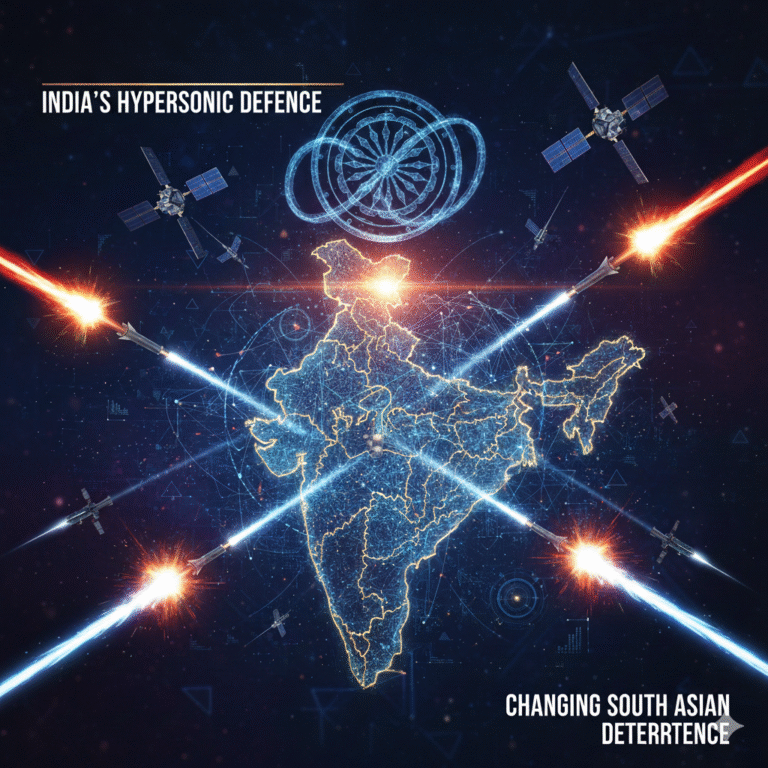
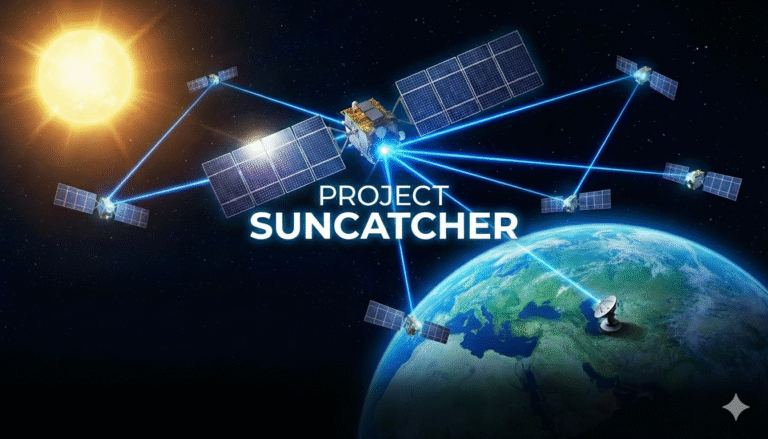
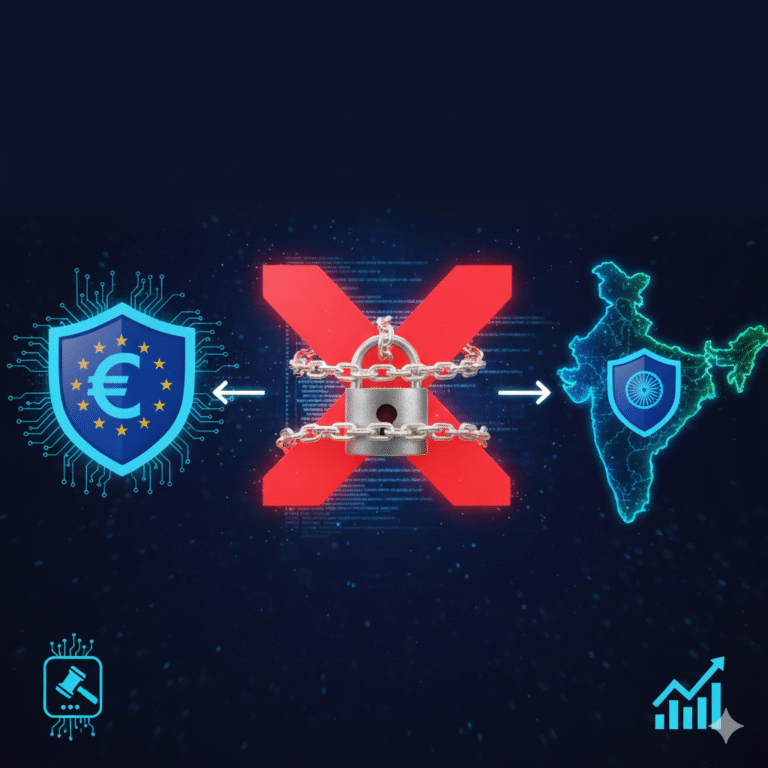

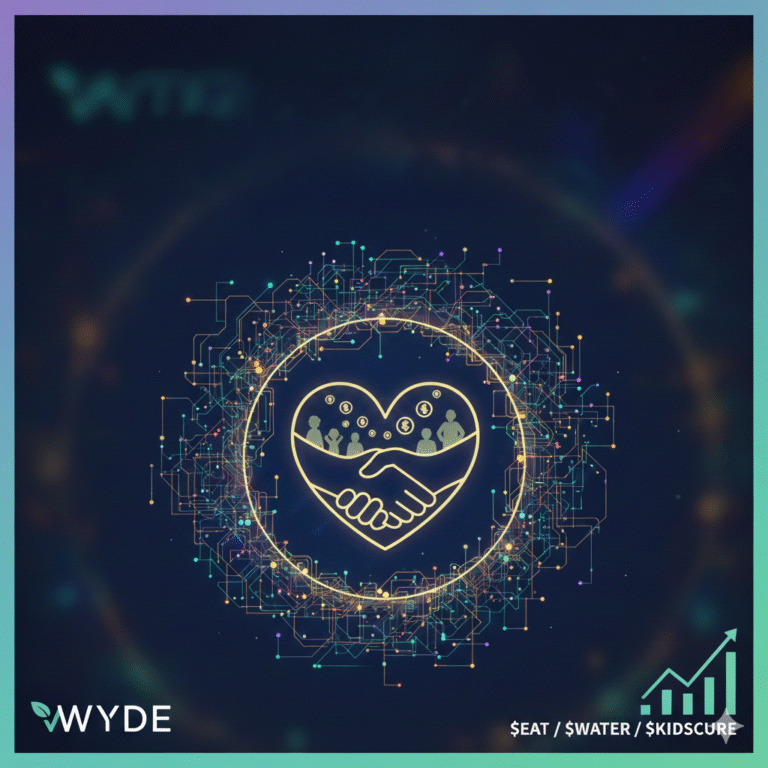

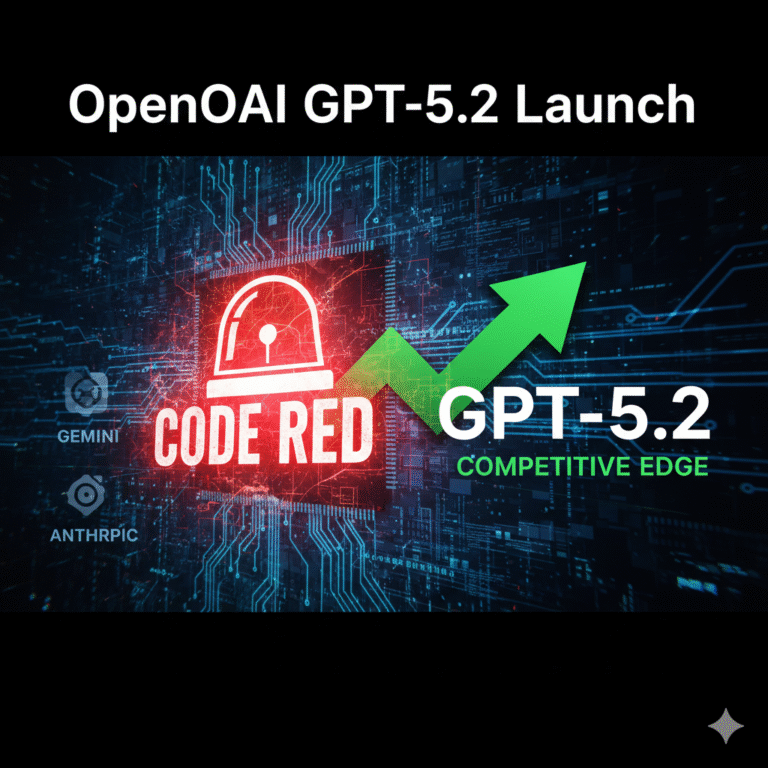
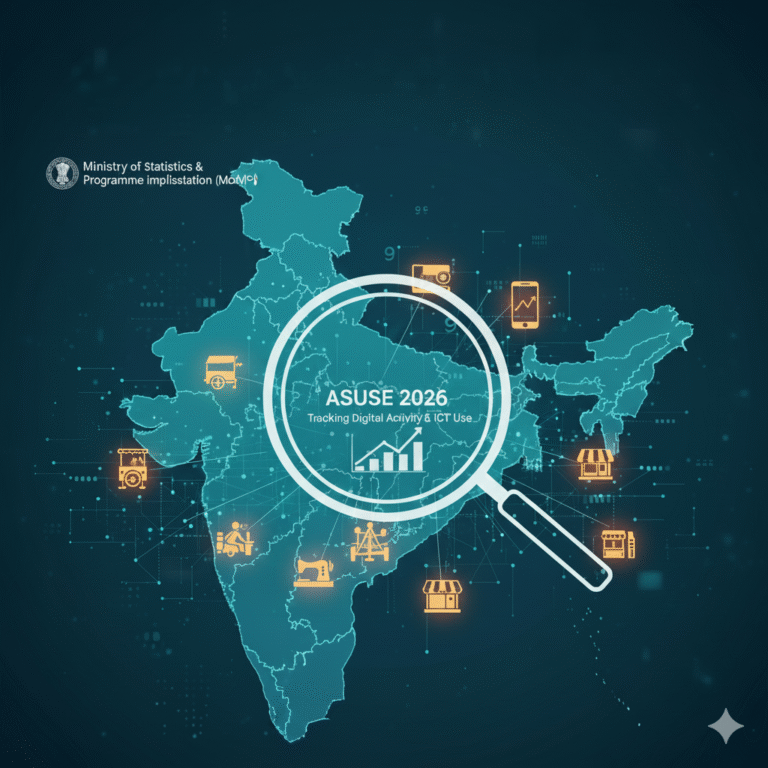
+ There are no comments
Add yours